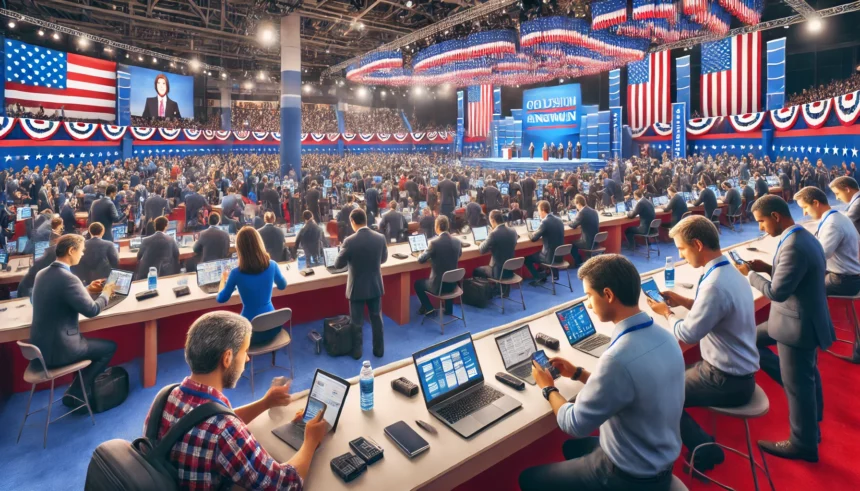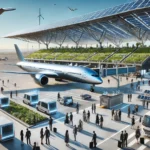From Film to Digital: A Reporter’s Journey
Reflecting on decades of experience, a seasoned journalist observes the transformative impact of technology on reporting at political conventions like the RNC and DNC. The setup of these events has remained visually consistent since 1988: the patriotic backdrop, the bustling press centers, and the traditional delegate interviews. However, beneath the surface, the tools and methods of reporting have undergone dramatic changes.
Technological Advancements Enhance Reporting
In the late ’80s, covering events was a cumbersome process involving manual typewriters and black-and-white Film that needed onsite development. Reporters like me had to physically transport film rolls to a mobile darkroom for processing, a task that was both time-consuming and physically demanding. We relied on basic walkie-talkies for communication, far from the sophisticated gadgets we have today.
Digital Era Ushers in New Capabilities
The advent of digital photography marked a turning point. I recall the awe of seeing my photographs transmitted digitally for the first time during the 1989 inauguration. Today, the use of smartphones has become standard. These devices allow reporters to capture high-quality images and disseminate them instantly across social media and to newsrooms, vastly increasing the speed and reach of news distribution.
Modern Conveniences Streamline the Process
By the ’90s, the introduction of laptops and the evolution of mobile phones simplified logistics and communication. The once necessary payphones and fax machines became relics, replaced by the convenience of Wi-Fi and mobile internet. Today, journalists can live-stream events, conduct real-time interviews via video calls, and manage content from anywhere in the world, all from a device that fits in the palm of their hand.
Social Media and Mobility Enhance Coverage
The impact of social media has been profound, enabling instant updates and broadening the audience reach. Platforms like Twitter become especially vital during unexpected events, such as the 2016 delegate protest at the DNC, allowing journalists to report live as actions unfolded. Additionally, services like Airbnb and Uber have revolutionized travel and logistics, making it easier for journalists to find accommodation and transport during these heavily attended events.
The Personal Touch Remains
Despite the digital revolution, political conventions continue to offer a unique chance to reconnect with peers and mentors. These events serve as a reunion of sorts, where journalists from past and present gather, sharing stories and experiences amid the backdrop of political discourse.
Conclusion: Embracing Technological Change
As we move forward, technology will continue to play a pivotal role in political reporting. Each convention provides not only a reflection of political trends but also a showcase of how far technology has come in enhancing the way stories are told.
Explore more about the evolution of technology in journalism here.
















